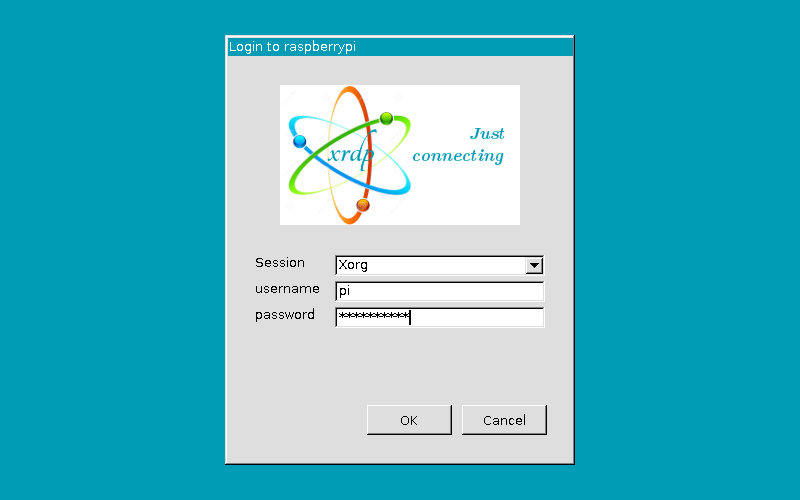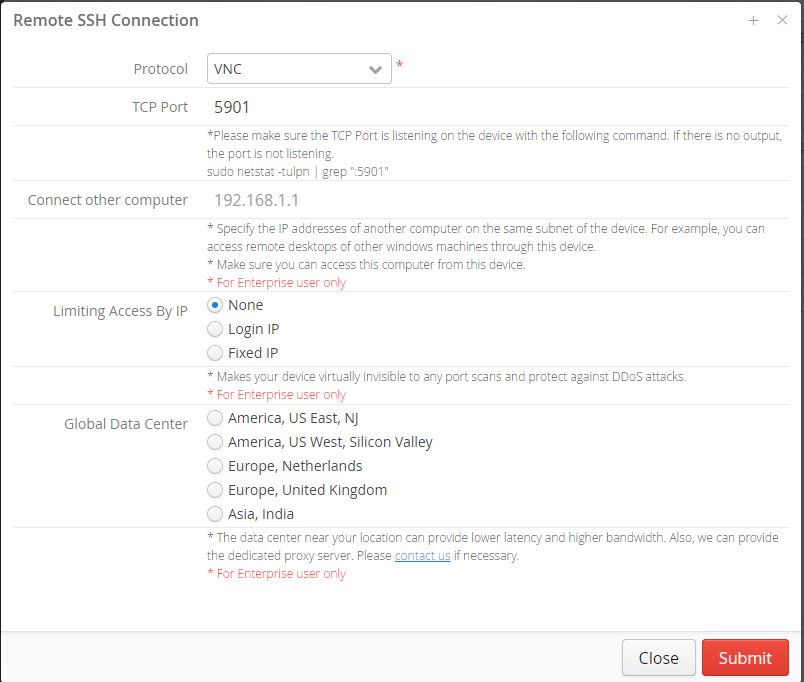RemoteIoT with Raspberry Pi is transforming the way we interact with connected devices, offering limitless possibilities for innovation and automation. Whether you're a hobbyist, developer, or business owner, this powerful combination allows you to control and monitor IoT devices remotely without breaking the bank. In this article, we'll explore how you can set up RemoteIoT using Raspberry Pi for free while unlocking its full potential.
As the world becomes increasingly interconnected, the Internet of Things (IoT) continues to gain traction across various industries. From smart homes to industrial automation, IoT is revolutionizing the way we live and work. One of the most cost-effective and versatile platforms for IoT development is Raspberry Pi, a compact yet powerful single-board computer.
This article will provide an in-depth guide on setting up RemoteIoT with Raspberry Pi for free. We'll cover everything from the basics to advanced configurations, ensuring you have the knowledge and tools to create innovative IoT projects. Let's dive in and explore the possibilities!
Read also:Hd Hub 4ucom Download Your Ultimate Guide To Highquality Movies
Table of Contents
- Introduction to RemoteIoT Raspberry Pi
- Understanding Raspberry Pi Basics
- Setting Up RemoteIoT with Raspberry Pi
- Software Requirements for RemoteIoT
- Essential Hardware Components
- Configuring the Network for Remote Access
- Security Best Practices for RemoteIoT
- Creative Project Ideas for RemoteIoT
- Troubleshooting Tips for Raspberry Pi IoT
- Future Trends in RemoteIoT Technology
Introduction to RemoteIoT Raspberry Pi
RemoteIoT with Raspberry Pi offers an affordable and powerful solution for building connected systems. This setup allows users to monitor, control, and interact with IoT devices from anywhere in the world. By leveraging open-source software and hardware, you can create custom solutions tailored to your needs without incurring significant costs.
Why Choose Raspberry Pi for RemoteIoT?
Raspberry Pi stands out as an ideal platform for IoT projects due to its affordability, versatility, and strong community support. Here are some key advantages:
- Compact and energy-efficient design
- Compatibility with a wide range of sensors and peripherals
- Access to extensive libraries and tutorials
- Support for multiple operating systems, including Linux-based distributions
Understanding Raspberry Pi Basics
Before diving into RemoteIoT, it's essential to familiarize yourself with the fundamentals of Raspberry Pi. This section covers the basics of Raspberry Pi, including its architecture, operating systems, and common applications.
Key Features of Raspberry Pi
Raspberry Pi is a single-board computer designed to promote learning in computer science and electronics. Its key features include:
- ARM-based processor
- Multiple GPIO pins for connecting sensors and actuators
- HDMI and USB ports for peripheral connectivity
- Support for Wi-Fi and Bluetooth connectivity
Setting Up RemoteIoT with Raspberry Pi
Setting up RemoteIoT with Raspberry Pi involves several steps, from hardware assembly to software configuration. This section provides a step-by-step guide to help you get started.
Step 1: Assemble the Hardware
Gather all the necessary components, including Raspberry Pi, power supply, microSD card, and any additional sensors or modules. Follow the manufacturer's instructions to assemble the hardware properly.
Read also:Fry99com The Ultimate Guide To Understanding Its Features Services And Benefits
Step 2: Install the Operating System
Choose an appropriate operating system for your project, such as Raspberry Pi OS or Ubuntu Server. Use a tool like BalenaEtcher to flash the image onto your microSD card.
Software Requirements for RemoteIoT
To implement RemoteIoT with Raspberry Pi, you'll need specific software tools and libraries. This section outlines the essential software components required for your project.
Popular RemoteIoT Software
- Node-RED: A visual programming tool for IoT applications
- Mosquitto: An open-source MQTT broker for message brokering
- InfluxDB: A time-series database for storing sensor data
- Grafana: A visualization tool for monitoring IoT devices
Essential Hardware Components
Beyond Raspberry Pi itself, you'll need additional hardware components to complete your RemoteIoT setup. This section highlights the essential components and their roles in the system.
Common IoT Sensors and Actuators
- Temperature and humidity sensors
- Light sensors
- Relay modules for controlling electrical devices
- Motor drivers for automation
Configuring the Network for Remote Access
RemoteIoT requires proper network configuration to enable secure and reliable communication between devices. This section explains how to set up your network for remote access.
Setting Up Static IP Addresses
Assigning static IP addresses to your Raspberry Pi ensures consistent connectivity and simplifies remote management. Follow these steps to configure static IP addresses on your device:
- Open the terminal on your Raspberry Pi
- Edit the network configuration file using a text editor
- Specify the desired IP address, subnet mask, and gateway
Security Best Practices for RemoteIoT
Security is a critical consideration when implementing RemoteIoT with Raspberry Pi. This section provides best practices to protect your system from unauthorized access and potential threats.
Key Security Measures
- Use strong, unique passwords for all accounts
- Enable SSH with key-based authentication
- Regularly update your operating system and software
- Implement firewalls and intrusion detection systems
Creative Project Ideas for RemoteIoT
Once your RemoteIoT setup is complete, you can start exploring creative project ideas to showcase its capabilities. This section highlights some inspiring projects you can try:
Smart Home Automation
Create a smart home system that allows you to control lights, thermostats, and other devices remotely using Raspberry Pi and IoT sensors.
Environmental Monitoring
Build a weather station that collects data on temperature, humidity, and air quality, transmitting it to a central dashboard for analysis.
Troubleshooting Tips for Raspberry Pi IoT
Encountering issues during your RemoteIoT project is inevitable. This section provides troubleshooting tips to help you resolve common problems quickly and efficiently.
Common Issues and Solutions
- Network connectivity problems: Check your network settings and restart the router if necessary
- Software compatibility issues: Ensure all software components are up to date and compatible
- Hardware malfunctions: Inspect connections and replace faulty components as needed
Future Trends in RemoteIoT Technology
The field of IoT continues to evolve rapidly, with new technologies and innovations emerging regularly. This section explores some of the future trends in RemoteIoT and their potential impact on the industry.
Emerging Technologies
- Edge computing for faster data processing
- Artificial intelligence integration for predictive analytics
- 5G networks for enhanced connectivity and speed
Conclusion
RemoteIoT with Raspberry Pi offers endless possibilities for innovation and automation, making it an ideal platform for hobbyists and professionals alike. By following the steps outlined in this article, you can set up your own RemoteIoT system for free while ensuring security and reliability.
We encourage you to share your thoughts and experiences in the comments section below. If you found this article helpful, consider sharing it with others who may benefit from it. For more in-depth guides and tutorials, explore our other articles on IoT and Raspberry Pi projects.
Data Source: Raspberry Pi Foundation, Node-RED, Eclipse Mosquitto


